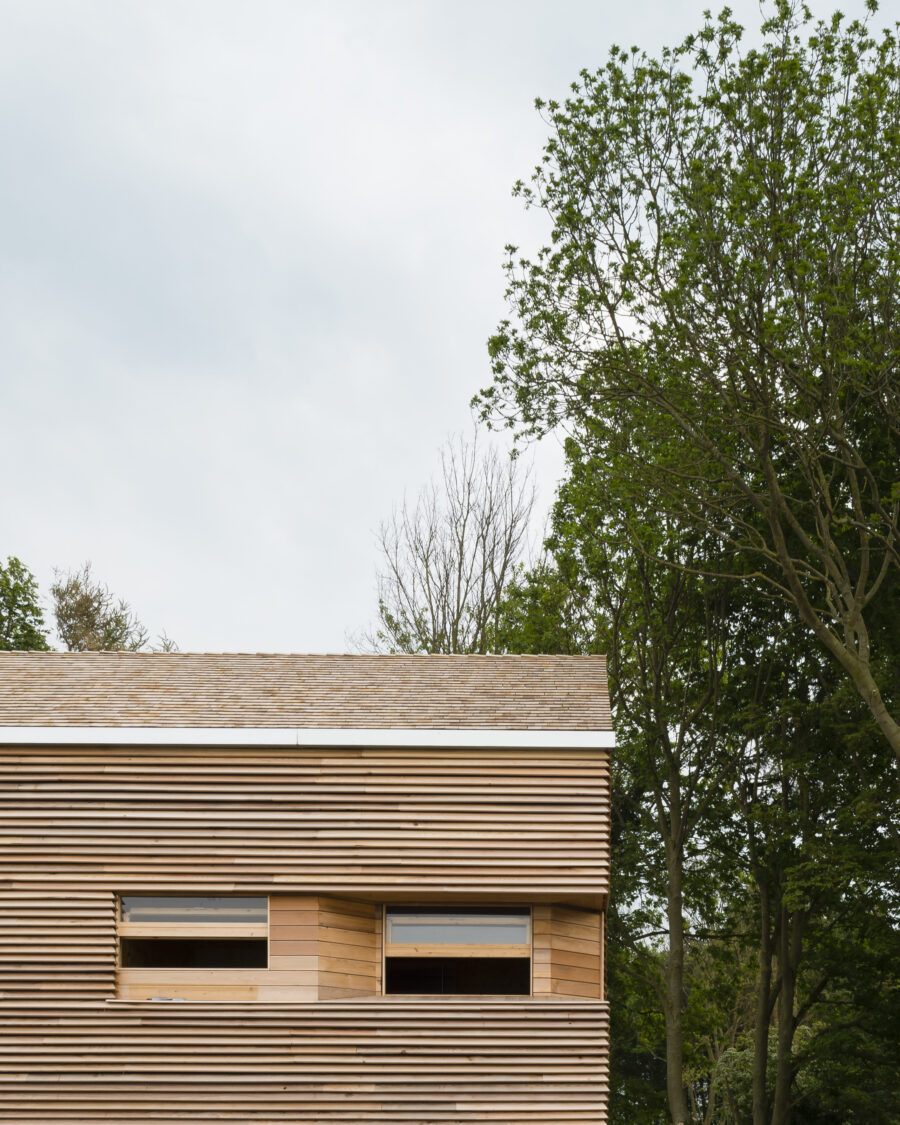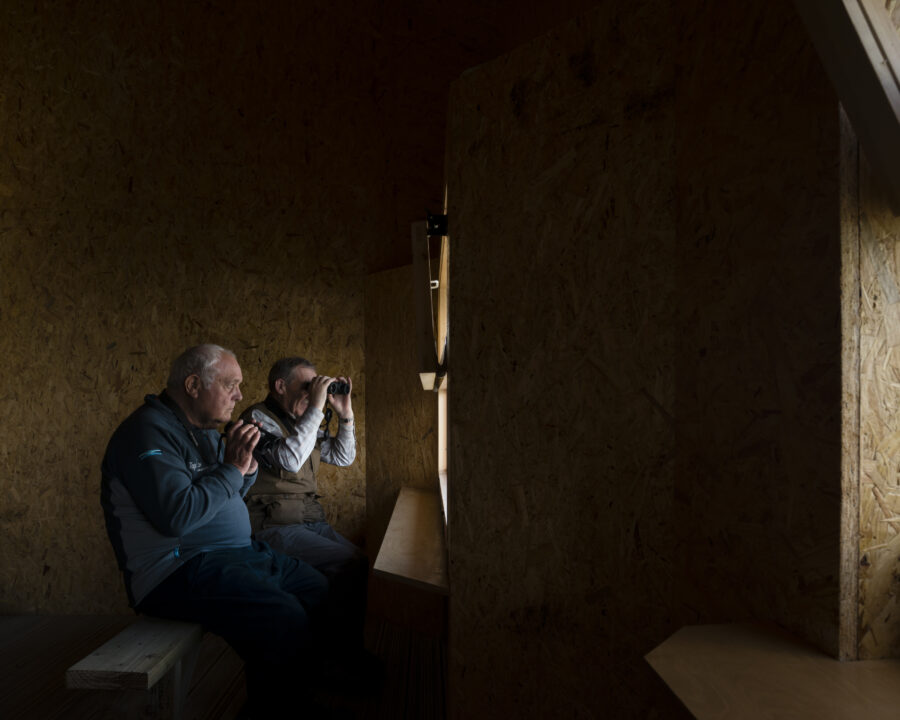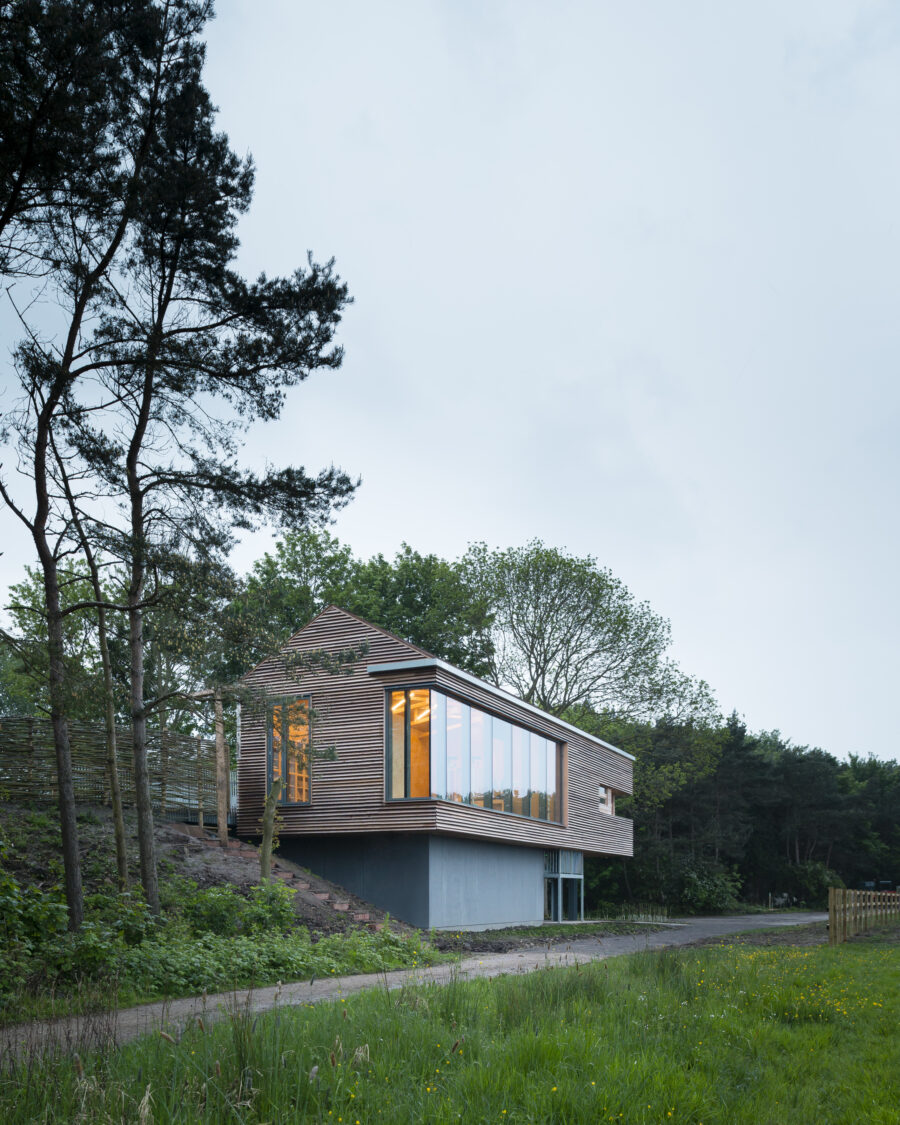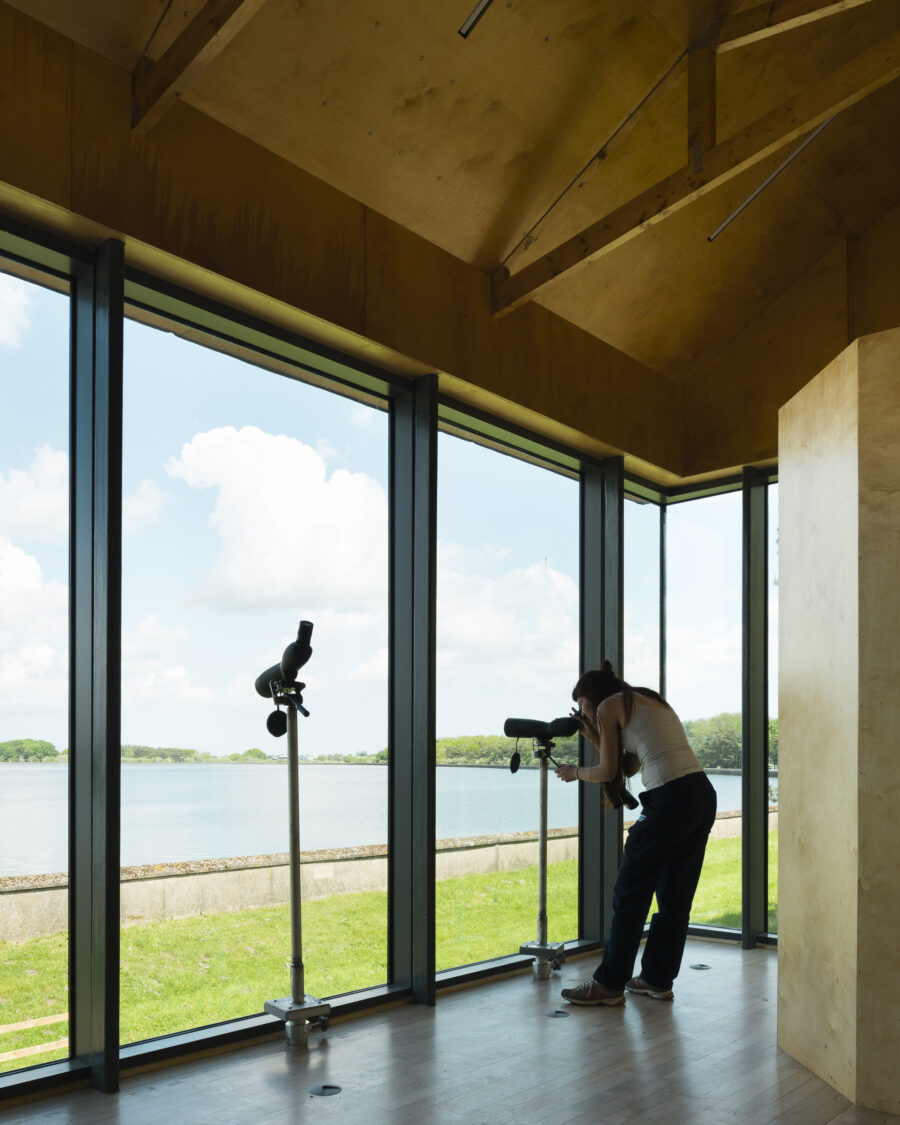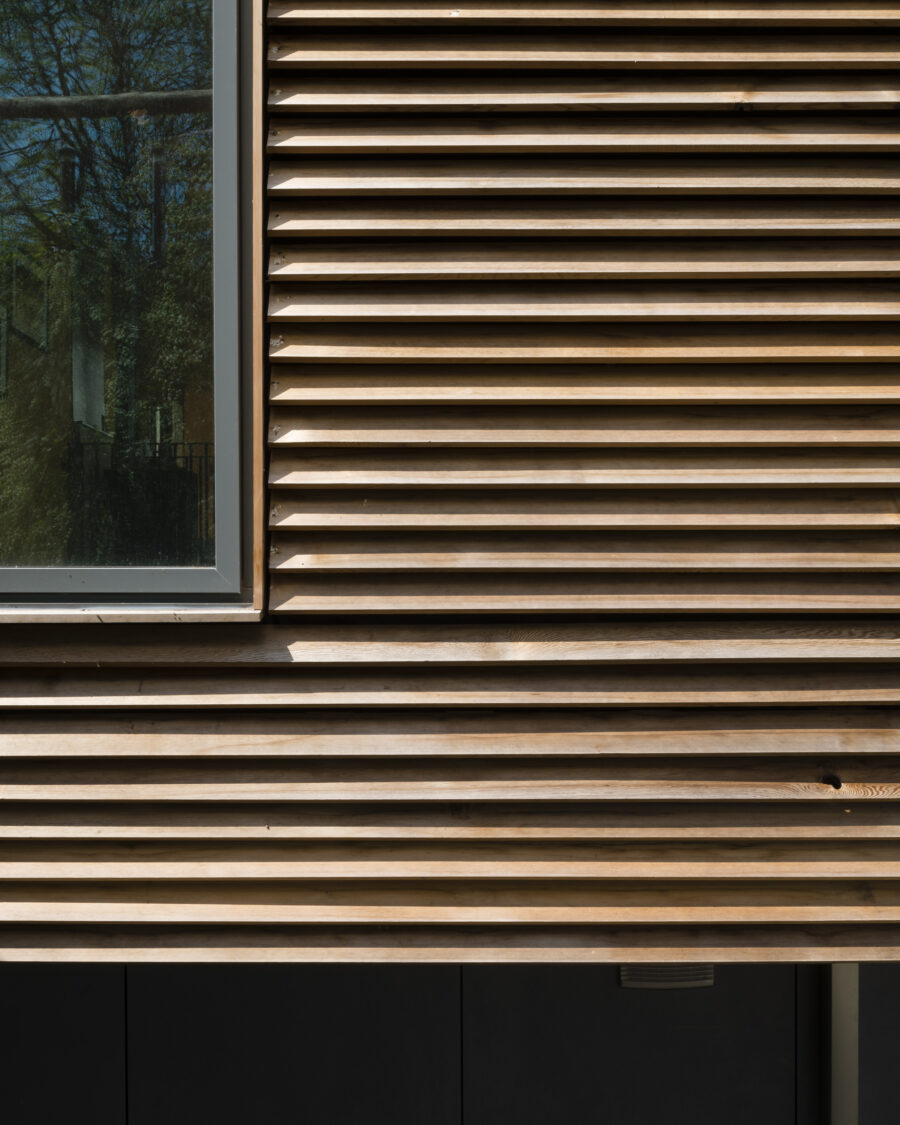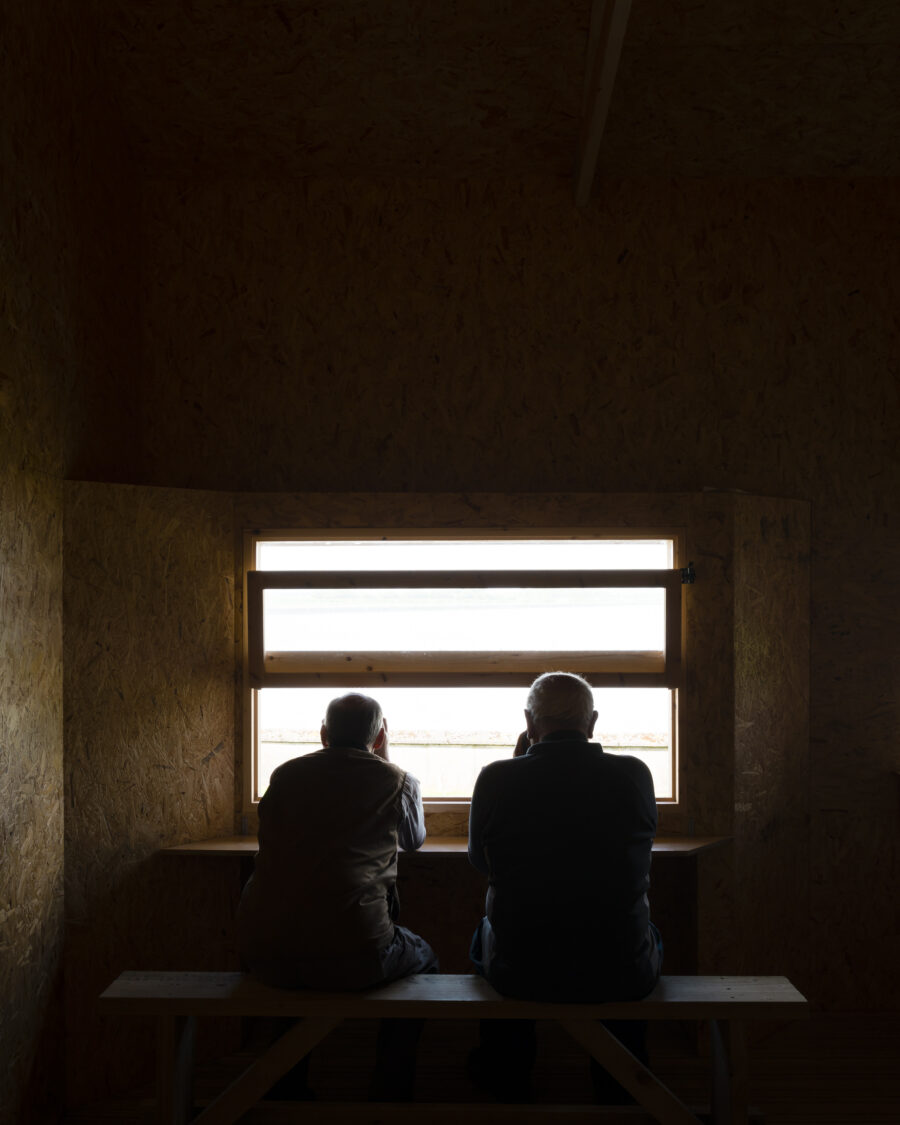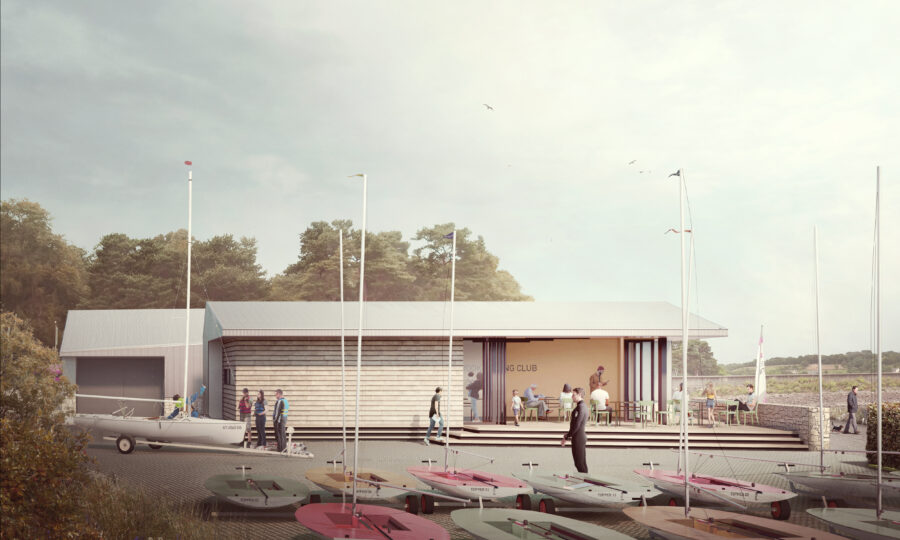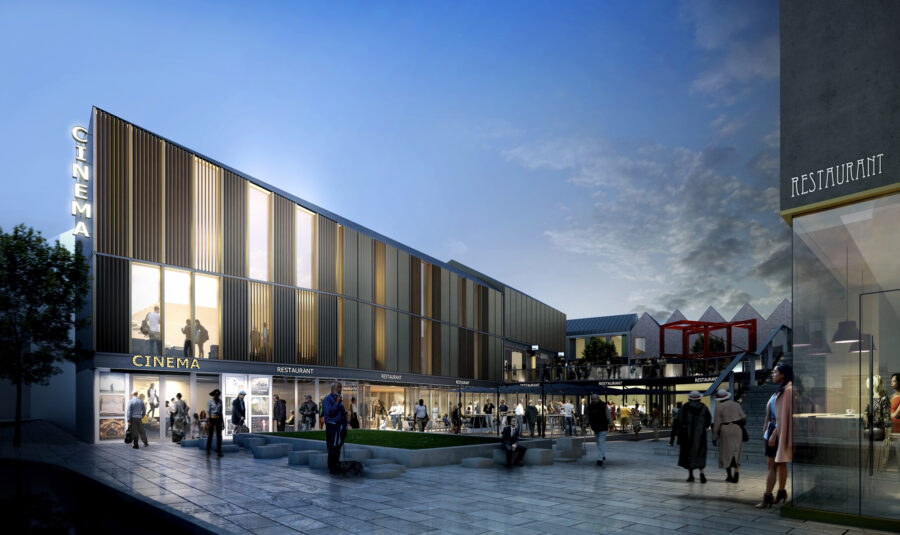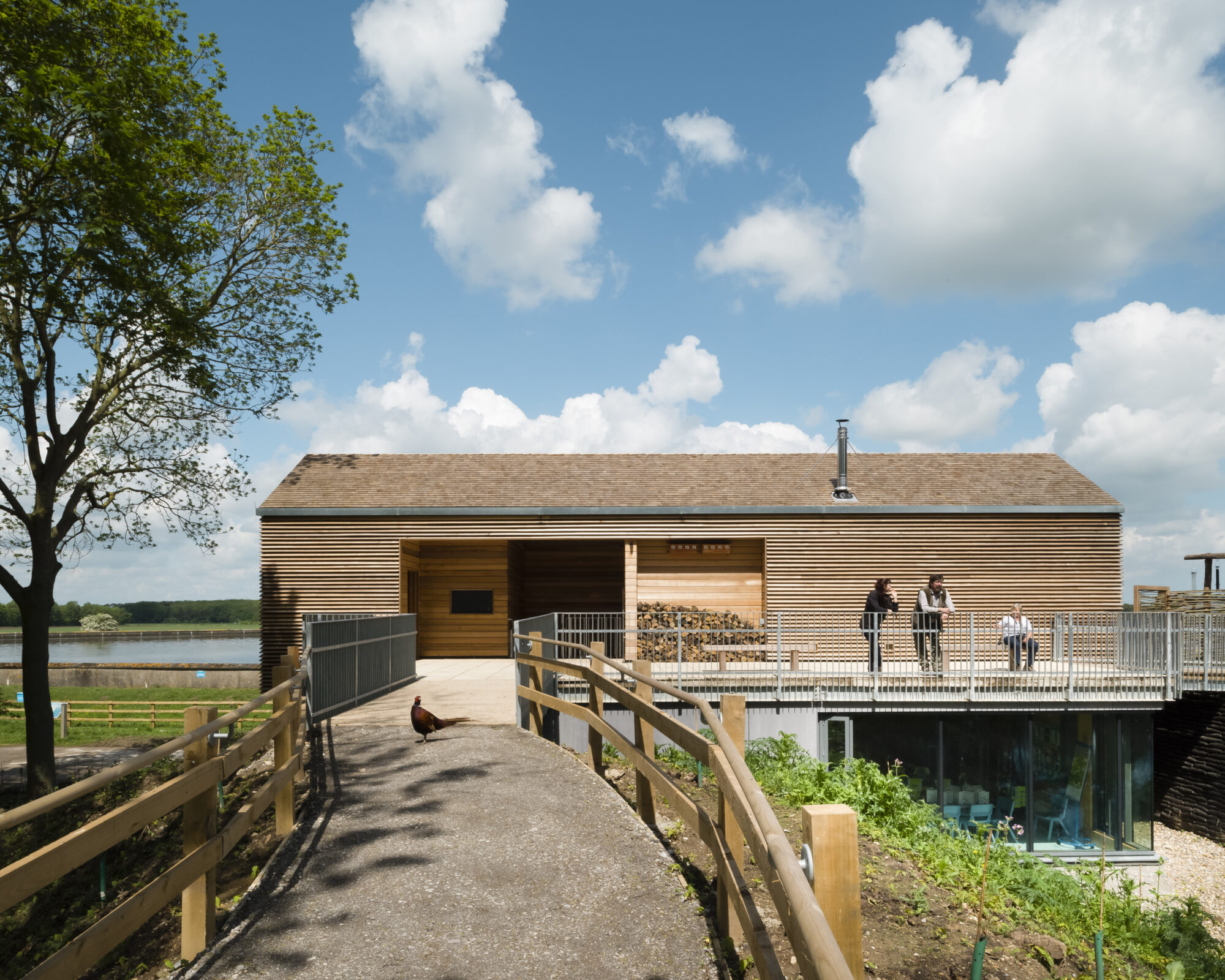
A centre piece for the nature reserve
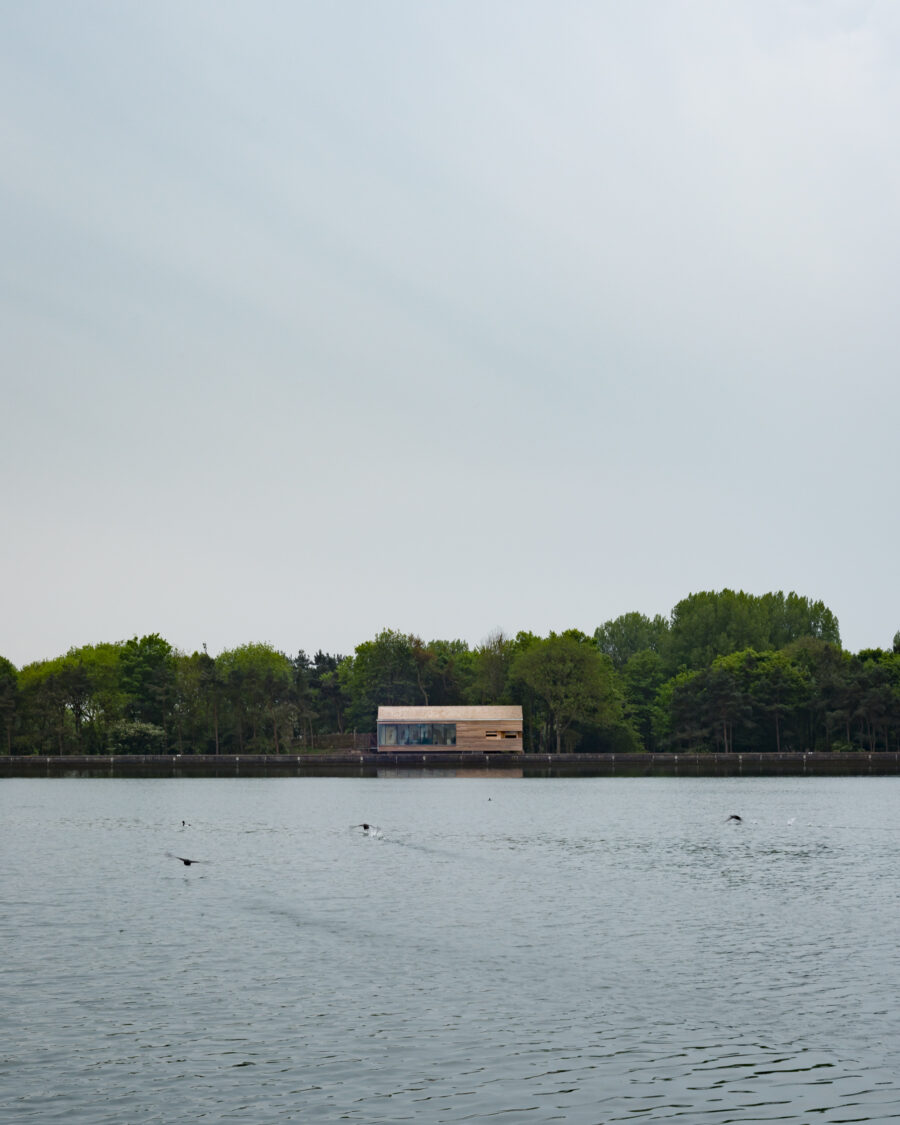
Tophill Low Nature Reserve
The centrepiece of a site of special scientific interest, this beautiful bird hide combines bold design moves, ambitious structural cantilevers and careful material selection. An exercise in simplexity, Tophill Low is a deceptive little building whose modest expression belies the design complexity required to rework the site topography to allow inclusive access for a range of audiences whilst preserving and enhancing wildlife habitats.
Tophill Low Nature reserve is spread across a vast 300 acre site that flanks the river Hull. Two reservoirs dominate the reserve and have SSSI status for their massive wildfowl numbers. Around the perimeter a network of marshes, ponds, woodlands and grasslands are home to an astonishing 160+ bird species. Yorkshire Water were keen to improve the visitor experience and attract wider audiences by providing a new reception Bird Hide as a centre piece to the reserve, offering spectacular views over the main reservoir and opportunities for interpretation and education.
The hide combines classroom facilities overlooking the new dipping pond, a public viewing gallery with picture windows framing the expansive reservoir views, and a twenty-four hour hide for the dedicated twitchers hoping to catch a glimpse of migratory birds on their last stop in the country before departing to warmer climes.
Providing appropriate functional and acoustic separation between different user groups; reverant bird watchers, families, the disabled and rambunctious school parties was a particular challenge; whilst ensuring that all users experience the drama of the location and setting.
The steel frame building is articulated as two interlocking volumes, the upper timber clad volume floats with a dramatic cantilever over the cementitious base, which is embedded into the landscape. The position, scale, orientation, material choice and accessibility of the building was developed to enhance the exceptional beauty of the setting, maximising views across the landscape, mitigating solar gain and providing wheelchair access to the best views across the site. All whilst having minimal impact on the bird population, the unwitting stars of the show.
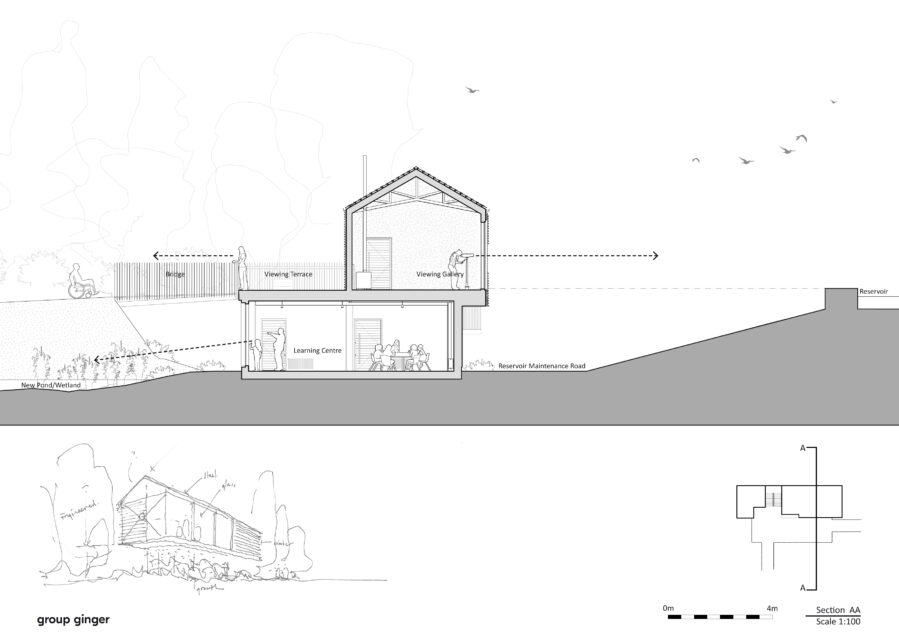
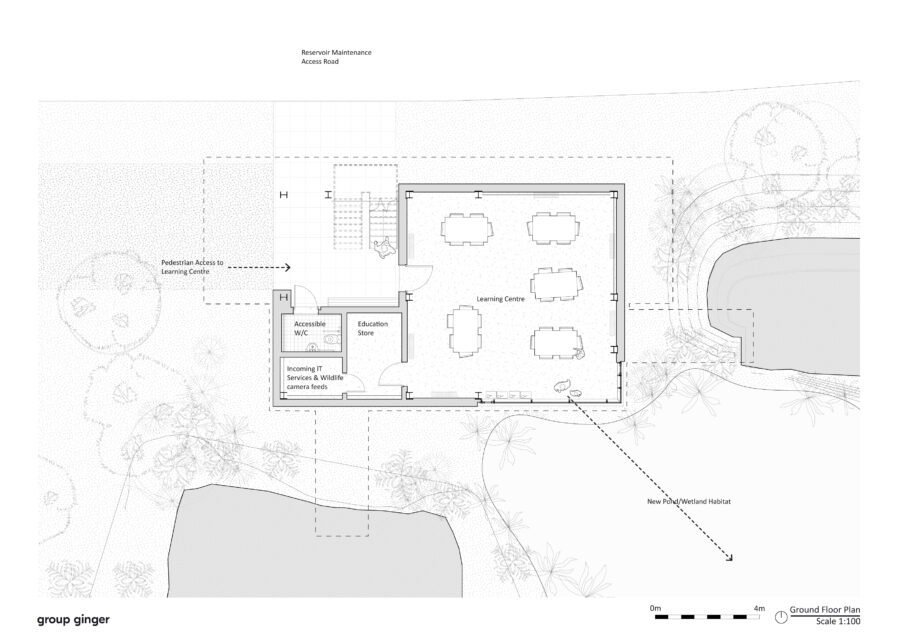
Details
Clients
Yorkshire Water
Structural Engineers
Arup / Mason Clark
Status
Completed 2019
M&E Engineers
Mason Clark
Cost consultant
Michael Eyres & Partners
Group Ginger’s circular design approach always seeks to re-use resources.
To this end, the site topography has been deftly manipulated, excavation established the new dipping ponds and controlled the potential flood risk. The removed earth was used to shield the car park area and create sloping access through the trees up to an elevated terrace and the reception hide which is at the same level as the reservoir. The charismatic Reserve Manager enlisted the goodwill and muscle of the reserve’s volunteer workforce to undertake the necessary earthworks that would otherwise have been beyond the modest £500k budget of this project.
Sustainable timber was used throughout the project: as cladding, flooring and an internal wall/ceiling finish. All spaces are naturally ventilated and heat is provided by a log burner with wood used from the surrounding managed forest. Special one-way glazing manifestations avoid bird strikes and since occupation, there have been no avian collisions with the building.
